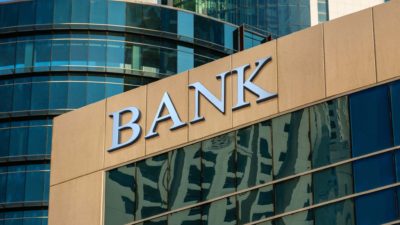Commonwealth Bank of Australia (ASX: CBA) hit all-time closing highs last month.
On 8 November, the CBA share price finished the day at $110.13. That put shares up a whopping 32% for the 2021 calendar year at the time.
And this is no small-cap stock we're talking about here.
Even at the current CBA share price of $98.03, down 11% from the record high, the big 4 bank has a market cap north of $167 billion.
With CommBank also paying a healthy trailing dividend yield of 3.6%, ASX 200 investors are wondering whether the bank can march to fresh record highs in the year ahead.
What's the outlook for CommBank relative to its peers?
For the answer to where the CBA share price could be heading next, we turn to Joseph Koh, a portfolio manager in Schroders' Australian equities team.
According to Koh (quoted by the Australian Financial Review), both the CBA share price and the Westpac Banking Corp (ASX: WBC) share price dragged down the banks last month:
Almost all the bank underperformance in November can be attributed to two banks: CBA and Westpac, both of which are more skewed towards residential mortgages relative to peers. Extremely low interest rates have buoyed mortgage growth, but have also led to sharp price competition, particularly hurting CBA's and Westpac's profitability.
Koh notes that interest rates are beginning to move higher. But he gives his tick of approval to Australia and New Zealand Banking Group Ltd (ASX: ANZ) and National Australia Bank Ltd (ASX: NAB) due to the makeup of their loan books:
While short-term interest rates have begun to rise, margin pressure will still be evident in 2022 and credit growth will likely slow.
We continue to prefer ANZ and NAB, which have more exposure to business and institutional loans, and believe that CBA in particular is still overvalued. For the price of CBA, you could essentially buy both ANZ and NAB, which combined would have a loan book 50 per cent bigger than CBA's.
CBA share price snapshot
Despite tumbling 11% from its record high, the CBA share price remains up 19% in 2021. That handily outpaces the 12% year-to-date gain posted by the S&P/ASX 200 Index (ASX: XJO).









